The SCA - Shuttle Carrier Aircraft
There were once two 747's which carried spacecrafts on their back. They were called the SCA, abbreviation for Shuttle Carrier Aircraft. They were operated by NASA for the transportation of the space shuttles from their alternative landing sites to their main landing site for repair and reuse.
Where do the space shuttles land?
The space shuttles are intended to land at the Kennedy Space Center in Florida.
Why do they land at different locations?
The alternate landing sites of the shuttles include the Vandenberg Air Force Base and Edwards Air Force Base in California and the White Sands Space Harbor in New Mexico. These are the landing sites in America alone. Even though they were intended to land at the Kennedy Space Center, most of them couldn't do it because of several reasons. The primary reason is weather issues.
How were the 747's used?
Two modified 747's were used by NASA for the purpose of transporting the shuttles from the alternate landing sites to the main landing site at Kennedy Air Force Base in Florida for their repair and reuse.
The space shuttles can be sent for any future missions to space. They have to be refitted with new protection plates. The protection plates on the space shuttle become heated due to very high temperatures when entering the Earth's atmosphere.
When coming close to the surface, It becomes rapidly cooled down. This weakens the plates and has to be replaced. Similarly, all the systems which aid in its working have to be thoroughly inspected to ensure that it works fine. The SCA brings it here to this facility.
How were they able to carry space shuttles?
The two 747's were heavily modified. They were of different variants and were acquired from different airlines. The first one was a 747-100 acquired from American Airlines and the second one was a 747-100SR (Short Range) acquired from Japan Airlines.
They were retrofitted by removing all the business and economy seats, most of the lavatories, overhead bins, and other items that wouldn't be of any use. This helped to reduce weight significantly.
The first-class seats remained and were used by NASA passengers. The top of the aircraft was also fitted with equipment to hold the shuttle in place. There were also additional two vertical stabilizers at the rear end to make the transport efficient. This made both the aircraft a 'Triple Tail'.
Do you why the Boeing 787 was so successful?
How was the shuttle mounted on the airplanes?
The space shuttles were attached to the back of the 747's with a special 'Mate-Demate' device. NASA built four of them in Edwards Air Force Base, Kennedy Space Center, Vandenberg Air Force Base, and a mobile one. Since Vandenberg Air Force Base canceled its shuttle program, it was moved to the US Air Force Plant 42. The mobile device was used in cases where the space shuttle lands in different places apart from the alternate sites.
How this affected the aircraft?
Having the space shuttle mounted at the top of the 747's caused a loss in the aerodynamical structure of the airplanes. This made both the aircraft lose their range and had to be refueled at various spots to get to California. An aerial refueling method was planned to be added to both planes. But this was proven not efficient and was called off at last. Even though it did have technical problems like this, it proved to be very useful for NASA.
Did you know about a plane that can travel faster than the speed of sound?
Credits for the design
The credits for this unique design go to John Kiker, a NASA engineer. He proposed a model of an RC model of an airplane and an RC model of a space shuttle. His idea was accepted by NASA and this is where the iconic 'Piggyback Ride' story started.
Where are they now?
Public Attraction
The SCA became a very popular public attraction. People would gather around favorable places where the aircraft would pass and would watch spacecraft and aircraft coming together because of human mastermind and development.
Also, read about the 747 which can launch rockets to space
Also, read about the 747 which broke the transatlantic speed record

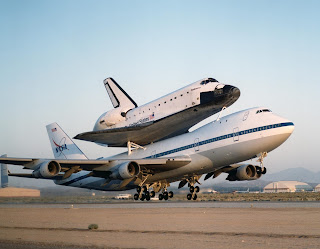



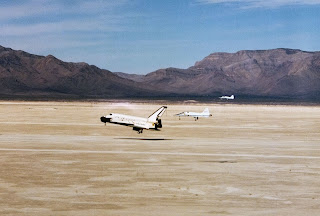
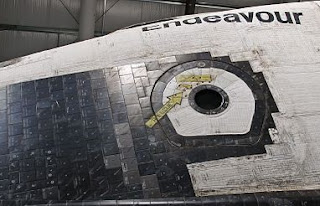
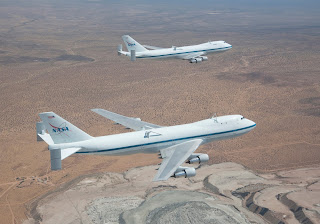

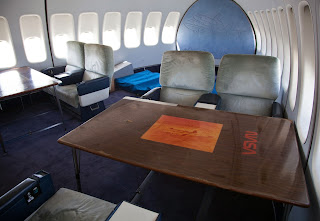

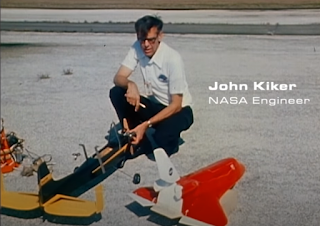





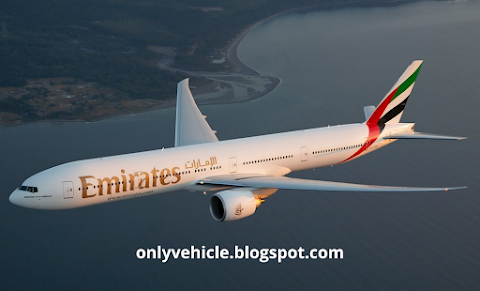



0 Comments